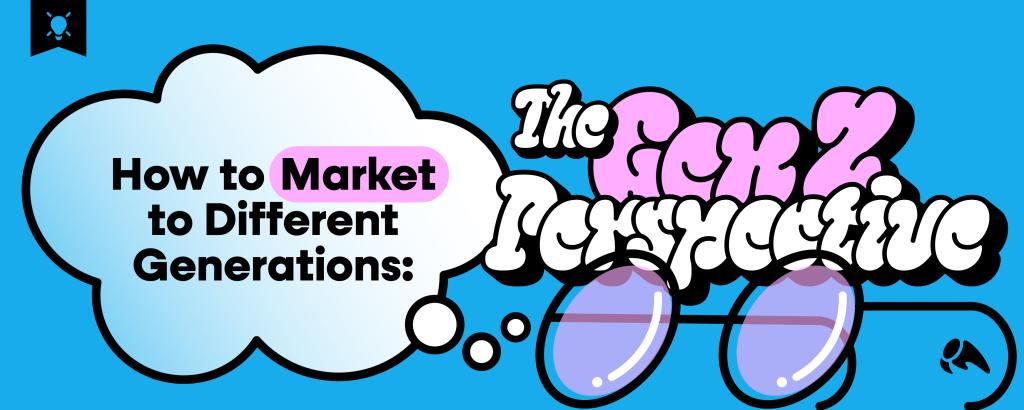One of the greatest parts about working at Overit is the open workspace. For most of our staff, no walls separate our employees from spinning around in their chairs to ask a colleague for insight, to ask a question about a client, or chime in with their own ideas for a project we’re all working on.
And for those of us not on the main production floor, our office doors are (almost) always open. If we’re not at our desks, we’re likely sitting with coworkers in the aptly-named collab room or our kitchen table, fleshing out ideas, critiques and direction for our projects.
The open work environment provides a space for easy and encouraged collaboration and interaction, and the added input from the various members of our talented team make the end results of our creations all the more exciting.
It’s no secret collaboration can lead to better projects. But what if you let collaboration run wild? There might be plenty of ideas – but actually DOING the work can get held up.
So how do we manage it?
Set Rules For Meetings.
Do you have those meetings where the end goal is scheduling another meeting?
Yeah, we did too.
1. Invite the right people to your status meeting.
Your project might have a lot of people involved, but your update meeting doesn’t have to. Identify who is likely going to have a speaking role at the meeting, who is going to be most impacted by any news announced, and what individuals can handle the responsibility of passing new information along to colleagues who can remain at their desk to make progress on their work. Respect your coworkers by respecting their day.
2. Require people bring ideas to the group’s brainstorming meeting.
New concepts don’t always come quickly. Rather than have 10 people at a table sitting in silence until someone can voice their first inkling of an idea (then latched on to by people who dismiss the possibilities of their own brainstorming), require that initial thoughts/ideas/theories be brought to the meeting – and consider sharing these ideas anonymously during this initial conversation to ensure all ideas are heard.
Rather than spend 30 minutes coming up with the shells of basic ideas, you’ll spend 30 minutes combining their best traits until the takeaway of your meeting has evolved into a concrete concept you can begin to plan, budget, storyboard, draft, etc.
Repeated meetings requiring ideas will also allow you to identify who’s contributing to the brainstorming process (or who is not helping at all), and which of your quieter employees have kept from voicing their great ideas to the large group previously. While group work may help extroverts think out their ideas, it’s unproductive for introverts who need time away to process what they’re thinking.
3. Set a time limit.
If the meeting isn’t over, and progress isn’t being made – step away from the conference table and come back later. Two people may be dominating a disagreement holding up eight people’s days, and that hurts not only that project, but every other project ongoing.
Set Rules for Spontaneous Collaboration.
This is a bit harder to manage, but it can be done. It comes down to respect for your workday as well as your coworkers, and knowing how to balance idea-sharing and the necessary focus on getting your to-do list done.
1. Know when to say no.
Someone asking for your help on something that’s not your job – and the reason it’s not your job is because you’re not really the best one to be doing it? You’ll end up wasting your time and your coworker’s as you struggle to help them achieve what they need.
Take it upon yourself to tell your coworker their time would be better spent asking someone else or doing more research. It’s not rude to tell them the truth – at least, as long as you’re not rude about it.
2. Know your to-do list (and have awareness of others’).
“Hey, do you have a minute? I have an idea I want to run by you.”
Great question to be asked, because more often than not, the idea this conversation is either:
– Confirmed as the right way to go
or
– Improved, thanks to a few minutes of discussion and “what ifs”
Great, if I have that minute – but sometimes, I really don’t! Because that minute is never really just 60 seconds, and sometimes deadlines are about to hit.
Encourage an environment of collaboration, but make sure tight schedules, busyness and off-limit times are verbalized, so collaboration comes when you have the time and brainpower for it to be productive.
3. Have specific questions or needs.
“I’m stuck” isn’t a reason to interrupt someone else’s productivity. But your coworker might quickly be able to understand your explanation of a problem you’re facing, and thus give you advice you can act on. Don’t go around asking vague questions.
Understand Self-Sufficiency, and Collaboration-Driven Efficiency.
Stewing over a half-finished idea rather than asking a colleague for their two minutes of advice can keep a project stalled for hours.
But for some questions, the amount of time it takes to collaborate? Longer than finding the answer yourself. And then your coworker might want to send, in reply to your company-wide e-mail thread, a snarky response from here.

Understand when collaboration is valuable, and when it’s just an easy way of allowing someone else (or a whole group of people) to move your work forward.





